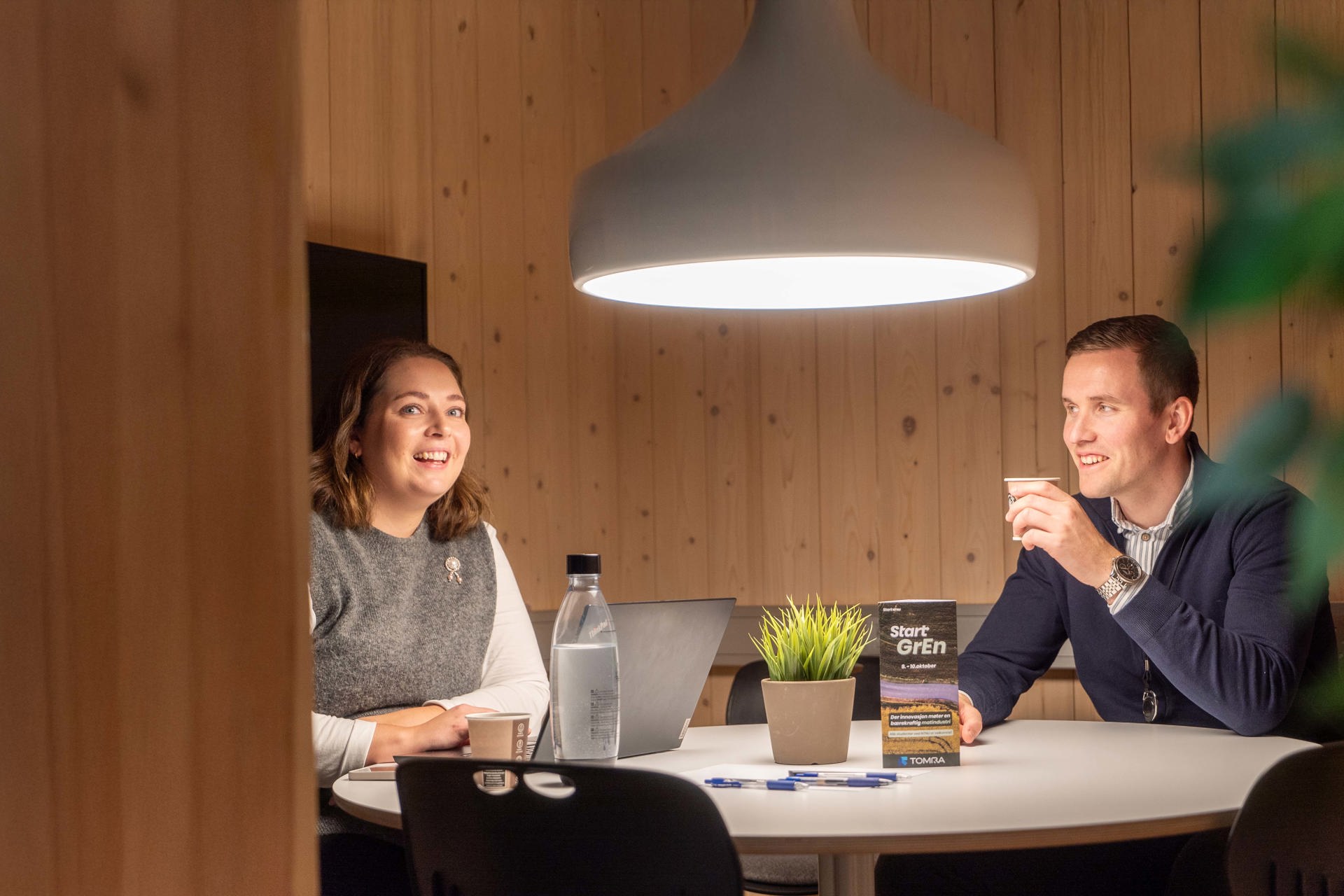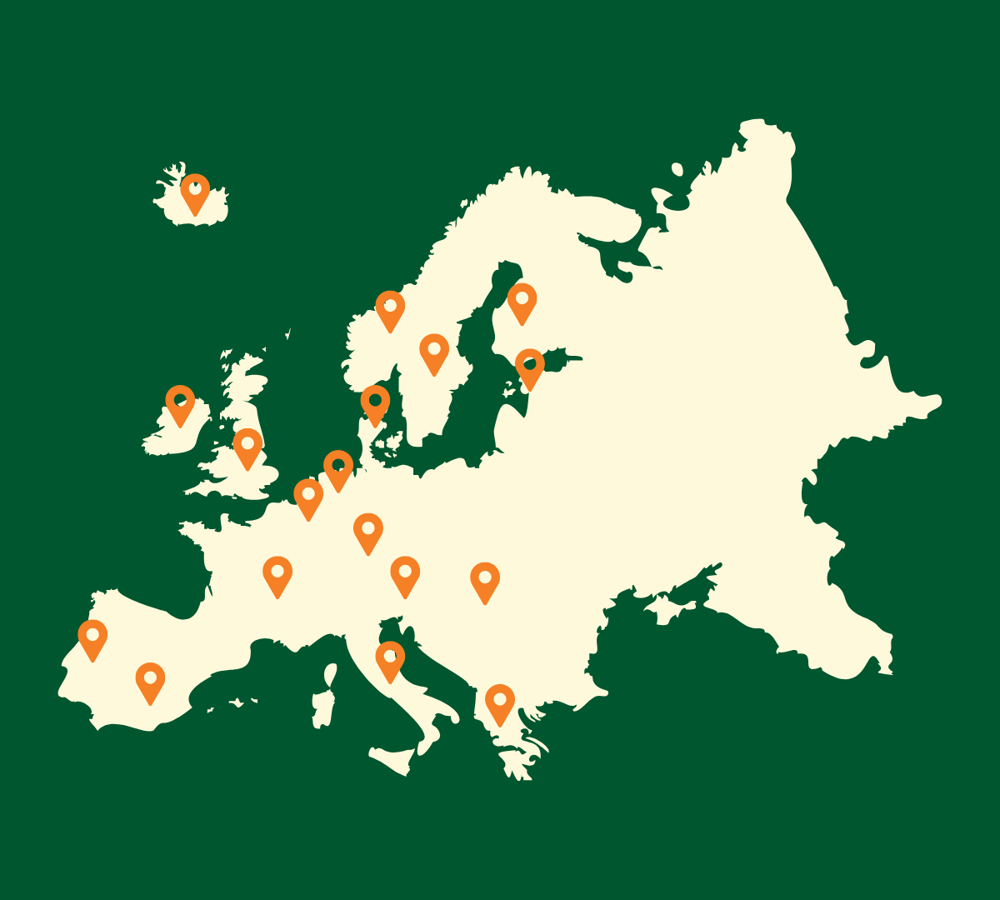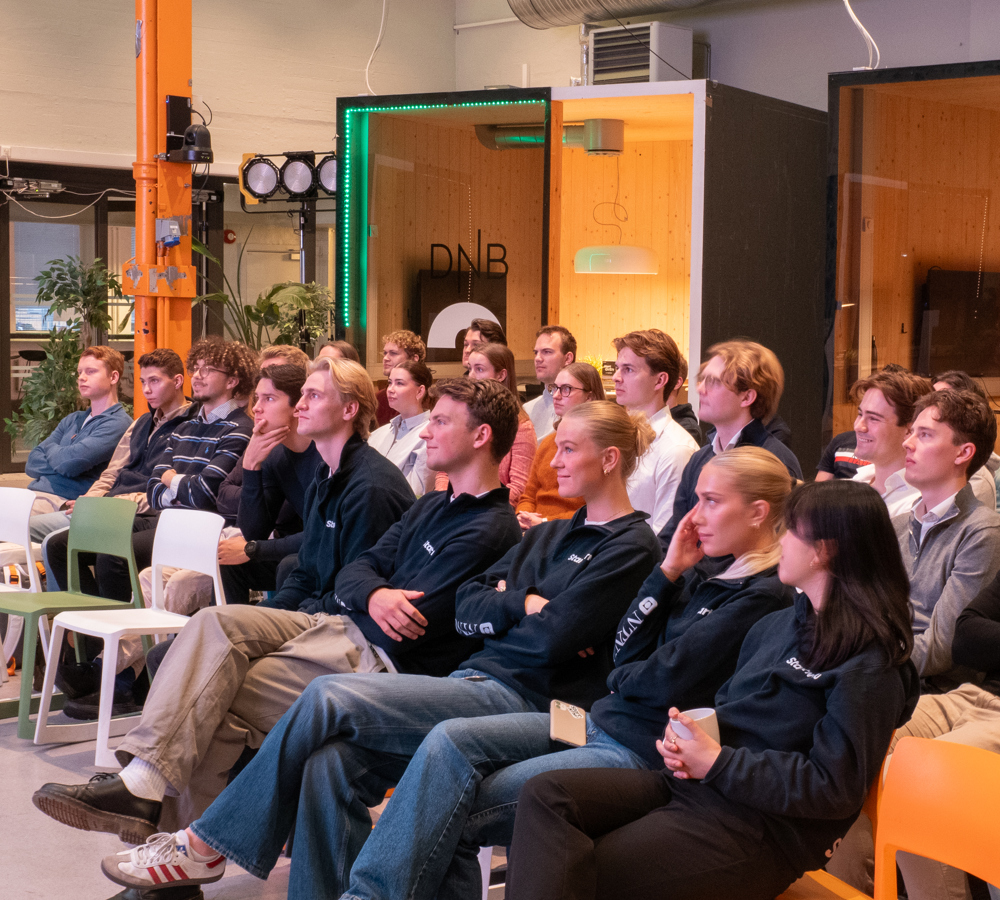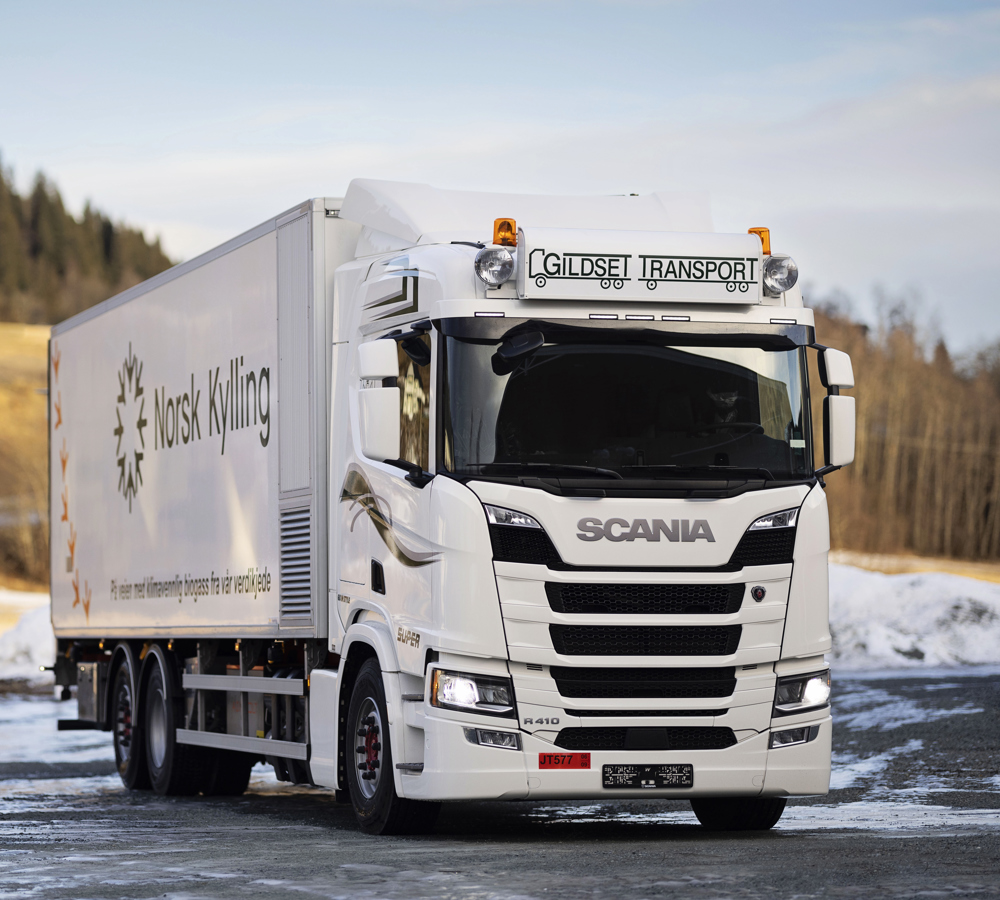Collaboration for innovation

We have set ambitious goals. Innovation is a prerequisite for growth and emission reduction. As a fully integrated value chain, we can implement development projects at every stage. That is our strength.
Innovasjon in operations
Norsk Kylling has heavily invested in development in recent years, with over 30 ongoing research and innovation projects. We see that the key to successful projects lies in the close collaboration between operations and research environments. Dedicated innovation resources within the organisation ensure that challenges from various operational areas are captured and coordinated with research communities. Here, we gain access to valuable knowledge and expertise from actors such as SINTEF and Nofima. Together, we develop sustainable solutions based on circular principles.

Collaboration brings us closer to our goals and provides valuable expertise.
As a Research Advisor at Norsk Kylling, Nathalie Niyonzima understands the value of projects that combine collaboration and knowledge sharing.
– The projects are not just about funding and support, but also about innovation, positioning, and networking. We learn a lot from discussing with those who think differently or have advanced further than us. Collaboration brings us closer to our goals and provides valuable expertise that stays within the organisation long after the project is completed.

An international R&D portfolio
We have, for many years, worked closely with local academic and research environments. In 2024, we expanded our focus beyond Norway. Challenges related to food production and emissions do not stop at borders. To find the best solutions, we must collaborate across continents, countries, and industries. We are involved in both small and large initiatives with stakeholders from 18 countries in Europe. This is how we contribute to a more sustainable food production on a larger scale.
Close to the students
As a business, we have a significant responsibility for tomorrow's workforce, which is why we focus on the employees of the future. For us, it's about mutual knowledge sharing, inspiration, and development. Collaboration with educational environments is essential to ensure competence and relevance in an evolving industry.
We offer student assignments, apprenticeships, and case studies, and have close cooperation with various educational institutions. Our Quality Department holds an annual guest lecture in food technology at NTNU. We also regularly welcome groups ranging from kindergartens to universities and colleges, seeing this as an important part of our social responsibility.
We invest in those who will shape the future of food production.

Development of packaging as an important enviromental measure
Packaging is essential for preserving food quality, extending shelf life, and reducing food waste. At Norsk Kylling, packaging is a cross-disciplinary area where we collaborate across departments and expertise. In 2024, we focused on:
Increasing the use of recycled materials
Testing packaging made from mono-materials
Reducing consumption
Exploring alternative materials
Extending product shelf life
We have also participated in the Plastløftet for the sixth consecutive year. This means we have been working systematically to increase the use of recycled plastic, avoid unnecessary consumption, and design packaging for recycling. Our packaging data is included in Grønt Punkt Norway's reporting to the authorities on the business sector's efforts in waste prevention.

Fewer kilometers driven lead to lower emissions
For many years, we have collaborated with Gildset Kyllingtransport to optimise animal transportation. Smart route choices and efficient use of materials are key measures to reduce the carbon footprint from transport. Together with primary producers and local authorities, we have managed to open most routes to vehicles with higher payload capacity. This saves us 30,000 kilometers per year and provides better space for the chickens.
In 2024, we ordered several new vehicles, and more will be replaced, which will reduce the number of kilometers driven by up to 60,000 annually. This enables us to transport more chickens per truck with lower emissions – without compromising animal welfare or available space for the chickens.